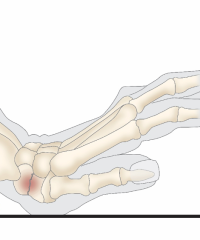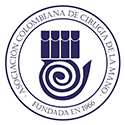How climbers injure their fingers?
Recent posts
Do you have any doubt?
My goal is to help them regain not only function, but also the quality of life they deserve. If you are experiencing pain, movement limitations or injuries to your hands, I am here to offer you my experience in the field. Together, we can chart a path to recovery and restoration of vitality to your hands.
Categories
The popularity of climbing has increased in recent years, this sport being practiced both in open and closed spaces, recreationally and competitively. According to a report by the International Federation of Sport Climbing, around 25 million people practice this sport in the world.
The parts of the body that are most affected when performing this activity are the lower limbs, however, the hands and especially the fingers can constantly suffer injuries due to the overuse that they experience. To understand these types of injuries that occur, we will briefly explain about the flexor pulley system of the fingers.
The pulley is an anatomical structure found on the top surface of the long fingers and the thumb. Each finger has a total of 5 ring pulleys and 4 cruciform pulleys along the finger. Its main function is to keep the flexor tendon (the one that bends the finger) attached to the finger bone (the phalanx).

What is the importance of pulleys?
A2 and A4 are broad and strong and are inserted directly into the bone and their function is to keep the tendon glued to the bone and avoid displacement of the bone.
A1, A3 and A5 are less rigid and are located in the joints, the area of movement of the fingers.
The position of the hand at the moment of making the grip to climb puts this pulley system at risk, this because the tension of the flexor tendons is increased in both the A2 and A4 pulley. The most frequently affected fingers are the 4th and 3rd, respectively, and the A2 pulley is the most frequently injured.
Types of grip climbers use
- Arched Grip or Crimp
Used to ensure more grip between fingertips and small surfaces. The large forces exerted by the tendons on to the pulleys can cause the pulleys to rupture.

- Open Hand Grip
It is used to reach small and low-sloping ridges, it is the safest grip for the pulley.

How do you know if there is a pulley injury?
Initially there is pain and edema over the affected pulley area, associated with a bruise in the same area, but sometimes these symptoms are difficult to define the degree of injury to the pulleys, so some diagnostic assistances are required to check the severity of the injury.
How to prevent these injuries?
Proper warming up of the fingers allows the climber to apply more grip force and withstand more tension from the tendons in the area of the pulleys. Rubbing the palms of the hands one over the other, rubbing the palm of one hand against the back of the other hand, circular movements of each finger made with the other hand, closing and opening the fingers of the hand are some of the recommended movements for warming up.
Another way to prevent injuries is the use of tape or adhesive in the form of a ring around the proximal and middle phalanx to prevent injuries, although biomechanically there is no scientific support. Similarly, the use of non-elastic tape helps prevent tension on an injured pulley.
What is the best way to use the tape on injured fingers?
There are three ways to use the circular tape, in 8 and in H. Of these three ways the one that has shown a decrease of the tension in the pulley, but at the same time it allows to increase the force in the grip position of the climbers in the injured fingers, this is the H shape.




















